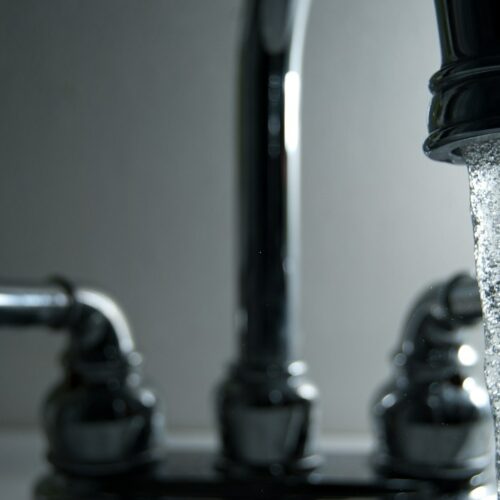
Decision upheld to remove a portion of Electron Dam on the Puyallup River
Watch
Listen
(Runtime 1:02)
Read
A portion of the Electron Dam on the Puyallup River has to be removed according to a decision from the 9th U.S. Circuit Court of Appeals.
The federal appeals court upheld the decision by the U.S. District Court for the Western District of Washington that a vertical metal wall portion of the dam, a temporary spillway, makes the dam a complete barrier to fish passage and must be removed.
According to the decision, that wall also attracts fish away from the fish ladder. This includes three fish that are deemed threatened under the Endangered Species Act: Chinook, steelhead and bull trout.
Work has already begun to remove the portion of the dam of concern. It is expected to be complete in time for the salmon to spawn. This week, the steel sheet and rock pile, which were causing the biggest obstruction, were pulled out of the dam. That’s according to Lisa Anderson, an environmental attorney for the Puyallup Tribe of Indians. The federal district court judge had given Electron Hydro a deadline of Sept. 15 to remove that portion.
“They’re well on their way to completing the channel that will then be open for fish to move through on that half of the river,” Anderson said.
With the removal, there will be a free-flowing channel on part of the river for the first time since the dam was constructed in 1904. The habitat above the river will be open and accessible to the fish.
“This is a big deal,” said Janette Brimmer, a senior attorney with Earthjustice. She represented the Puyallup Tribe in the case. “As anyone who’s spent time in the Northwest knows, getting dams out is no small endeavor, either legally or from an engineering perspective.”
The District Court found that the temporary structure significantly impacted migration and spawning for the fish. Those qualified as significant habitat modifications that impair the essential behavioral patterns of the fish, which means the action qualified as a “take” under the Endangered Species Act.
Thom Fischer, who is the president of Tollhouse Energy Company, which operates Electron Hydro, wrote in an email, “Electron appealed the district court’s ruling because there were much simpler ways to assure fish passage until the permanent spillway project is completed.”
The fish ladder put in place is not only hard for fish to find with current river flows but, at times, is cut off from the river, according to the appeals court’s decision.
“It’s so important to the tribe, this is their river, right? It’s named after the tribe and it is the only dam on the Puyallup,” Brimmer said. “This would mean that the Puyallup river is free flowing from Mount Rainier to Puget Sound and that’s amazing.”
The dam is 120 years old. In 2000, a fish ladder was installed. In 2020, Electron Hydro was doing construction on the dam and used artificial turf. When water blew out the plastic holding in the turf, carrying it down river, the company was found to have violated the Clean Water Act.
The temporary spillway was put in place after the turf spill.
The dam has not been generating power since July 2020, according to Chris Spens, who is the director of regulatory and environmental affairs for Tollhouse Energy Company.
Since the dam has not been operating, Anderson said the tribe has reported some of the highest numbers of steelhead spring returns.
The temporary spillway was intended to be in place until a permanent air bladder spillway structure, which would automatically raise and lower the level of water in reserve, was constructed, Spens said.
Moving forward with that permanent project is a multi-pronged effort which includes a Habitat Conservation Plan. Spens said the company has submitted a draft plan for review.
As part of the settlement in the case regarding the violation of the Clean Water Act, Electron Hydro had to test the rubber used in its bladder dam proposal. Testing found the rubber contained 6PPD. The preservative 6PPD is commonly found in tires and is used to help keep them from degrading. When the preservative is exposed to air, it reacts to ozone and creates 6PPDQ, which is harmful to fish and can contaminate water, according to the Washington State Department of Ecology.
That’s a concern for the tribe moving forward, Anderson said.
Beyond the 6PPD finding, Anderson said the tribe has had other concerns with the bladder dam proposal, including the drop of 12 feet that juvenile salmon would have to go over and how the amount of water being diverted could raise the water temperature to concerning levels.
“We’re going to continue to address those facts both through the permitting process and, if necessary, through litigation. We’re prepared to do that,” Anderson said.















